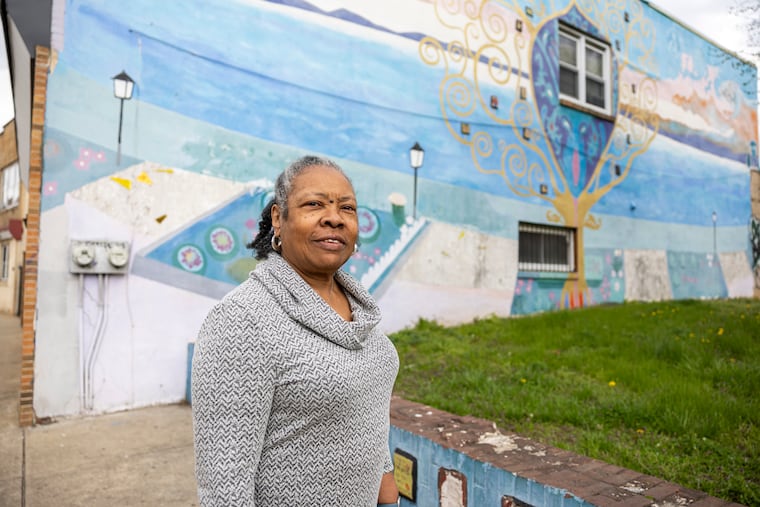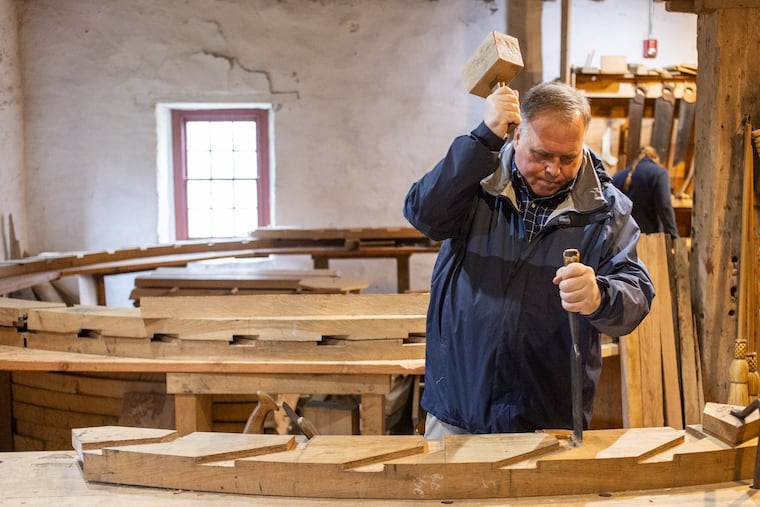Forever alone? More than half of young Americans don’t have a ‘steady partner,’ a record high
That's up from one-third in just the last 15 years.

- A.J. Brown says his car has been found after it was stolen overnight and issues warning: ‘Now the joke’s on you’
- Pandemic effects are subsiding in Philly, but longstanding challenges persist, Pew report finds
- Cole Hamels was the best part of the Phillies’ loss; ex-Fanatic host lands a new job
- Eagles mock draft: A trade out of the first round, a coveted O-lineman, and depth at key positions
- Dear Abby | Woman about to share news of her surprise pregnancy
Link copied to clipboard
Dear Abby, Inquirer wire services
Link copied to clipboard
Link copied to clipboard
Dear Abby, Inquirer wire services
Link copied to clipboard
Link copied to clipboard
Dear Abby, Inquirer wire services
Link copied to clipboard
Dear Abby, Inquirer wire services
Link copied to clipboard
Dear Abby, Inquirer wire services
Link copied to clipboard
Dear Abby, Inquirer wire services
Link copied to clipboard
Dear Abby, Inquirer wire services
Link copied to clipboard
Dear Abby, Inquirer wire services
Link copied to clipboard

















